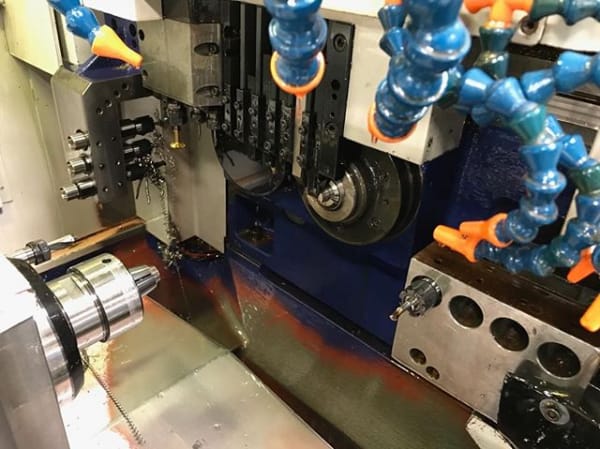ketone303
Petroleum
- Apr 9, 2015
- 2
Hi All,
Thanks for taking the time to look at my question.
It is related to vapor and liquid specific enthalpies for multi-component systems.
Starting from a p-H diagram for a single component system, the saturated liquid curve lies to the left and the saturated vapor curve is to the right. For me, this makes sense, as the difference reflects the heat of vaporization with the vapor having a greater specific enthalpy than the liquid for a given isotherm.
However, I have encountered some cases (multicomponent petroleum systems) where the opposite occurs in some predictions using thermodynamic flash programs (eos like PR and SRK), i.e., the specific enthalpy of the liquid is calculated to be greater than the vapor inside the 2-phase region.
This does not occur for the entire 2-phase region. However, there can be a part of the 2-phase region where the specific enthalpy of the liquid crosses over and becomes greater than the specific enthalpy of the vapor.
I am trying to wrap my head around this and can only think to attribute it the changing composition during phase transitions of the system in the 2-phase region but every p-H diagram I can find (even for multi-component natural gas mixtures) shows the typical behavior, i.e., vapor h > liquid h. Also physically, I am struggling to understand what is the rational for the liquid h to be greater than the vapor h.
I hope I have explained the question well enough. I am happy to clarify better.
At the moment I have not found a satisfactory explanation and I need some help!
Thanks for taking the time to look at my question.
It is related to vapor and liquid specific enthalpies for multi-component systems.
Starting from a p-H diagram for a single component system, the saturated liquid curve lies to the left and the saturated vapor curve is to the right. For me, this makes sense, as the difference reflects the heat of vaporization with the vapor having a greater specific enthalpy than the liquid for a given isotherm.
However, I have encountered some cases (multicomponent petroleum systems) where the opposite occurs in some predictions using thermodynamic flash programs (eos like PR and SRK), i.e., the specific enthalpy of the liquid is calculated to be greater than the vapor inside the 2-phase region.
This does not occur for the entire 2-phase region. However, there can be a part of the 2-phase region where the specific enthalpy of the liquid crosses over and becomes greater than the specific enthalpy of the vapor.
I am trying to wrap my head around this and can only think to attribute it the changing composition during phase transitions of the system in the 2-phase region but every p-H diagram I can find (even for multi-component natural gas mixtures) shows the typical behavior, i.e., vapor h > liquid h. Also physically, I am struggling to understand what is the rational for the liquid h to be greater than the vapor h.
I hope I have explained the question well enough. I am happy to clarify better.
At the moment I have not found a satisfactory explanation and I need some help!




